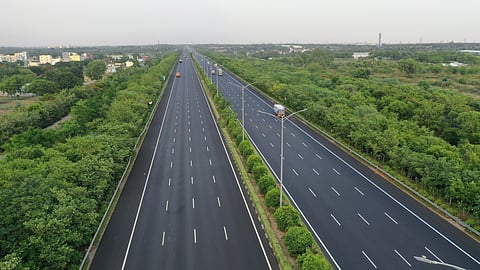
- Destinations
- Experiences
- Stay
- What's new
- Celebrating People
- Responsible Tourism
- CampaignsCampaigns
- SubscribeSubscribe
- Buy Now

With Uttarakhand continuing to attract tourists, the nearly completed Delhi-Dehradun Expressway is set to revolutionise travel to the hills. Slashing travel time from 6.5 hours to 2.5 hours, the expressway promises a faster journey from the capital to the Himalayan foothills.
But beyond the asphalt and engineering, this project is making headlines for its eco-conscious design. A remarkable 14 km wildlife underpass—one of the longest in Asia—cuts through dense forest zones, allowing elephants, deer, and other native species to cross safely. Camera trap footage has confirmed animal movement through the corridor, proving that infrastructure and conservation can go hand in hand.
Known officially as National Highway 709B, the expressway starts at Akshardham in Delhi and runs through Baghpat, Shamli, and Saharanpur in Uttar Pradesh before entering Uttarakhand. A 3.4 km section from Datkali to Asharodi in Dehradun is already operational, offering a sneak peek into the expressway’s future impact.
For those planning weekend getaways to Mussoorie, the journey is about to get even better. A 26 km elevated road is being built to directly link the expressway to the hill station, ensuring a smoother ride through the hills without the usual traffic bottlenecks.
Starting at Akshardham in Delhi, the expressway passes through Baghpat, Shamli, and Saharanpur before reaching Dehradun. The expressway also includes a 26 km elevated road linking directly to Mussoorie. Designed to ease traffic and protect wildlife, it’s set to become a model for sustainable infrastructure in India once fully operational.
(With inputs from multiple reports)
